By Amanda Rose Newton
Dormancy in plants is akin to hibernation in animals—a natural, crucial period of rest that allows them to survive adverse conditions, typically in winter.

This fascinating survival strategy is not just limited to outdoor trees and perennial plants but is also a phenomenon observed in indoor plants. Today, we delve into the world of dormancy, exploring which plants go dormant, factors affecting dormancy schedules, and tips to ascertain the vitality of a seemingly lifeless plant.
Plants and Trees That Experience Dormancy
Dormancy is widespread among deciduous trees such as oaks, maples, and birches, which shed their leaves to conserve energy during the cold months.
In Florida, the concept of dormancy might differ due to its warmer climate, but several plants exhibit a form of dormancy suited to the state’s mild winters.
Some of the best performers in this region include:
Crinum Lily (Crinum spp.): These hardy, bulbous plants are well-loved for their large, fragrant flowers and ability to withstand Florida’s heat. They may slow down and require less water in the cooler months but will burst into life come spring.
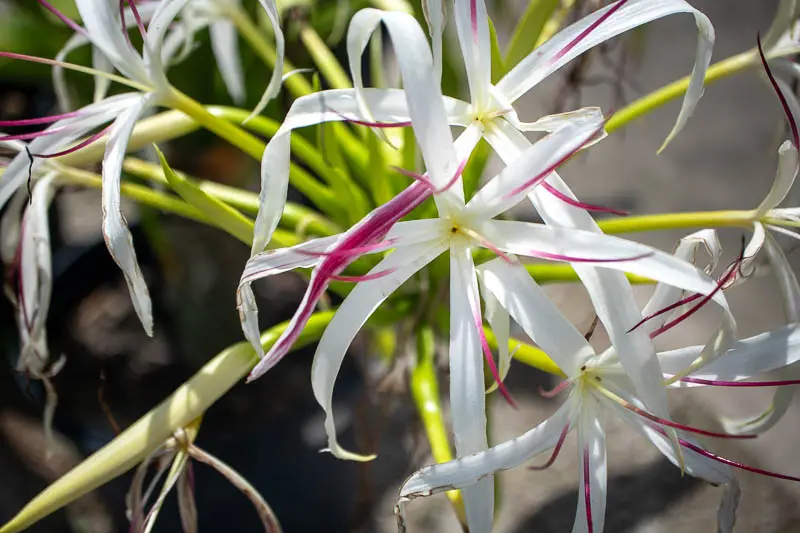
Firebush (Hamelia patens): An evergreen shrub in South Florida and deciduous in cooler parts of the state, the firebush scales back its growth during shorter days but will often keep its leaves unless the weather turns cold.
Blanket Flower (Gaillardia pulchella): This wildflower is another excellent choice for Floridian gardens, thriving in full sun and sandy soil. It blooms profusely from spring to fall and may enter a resting phase in winter, reducing its growth.
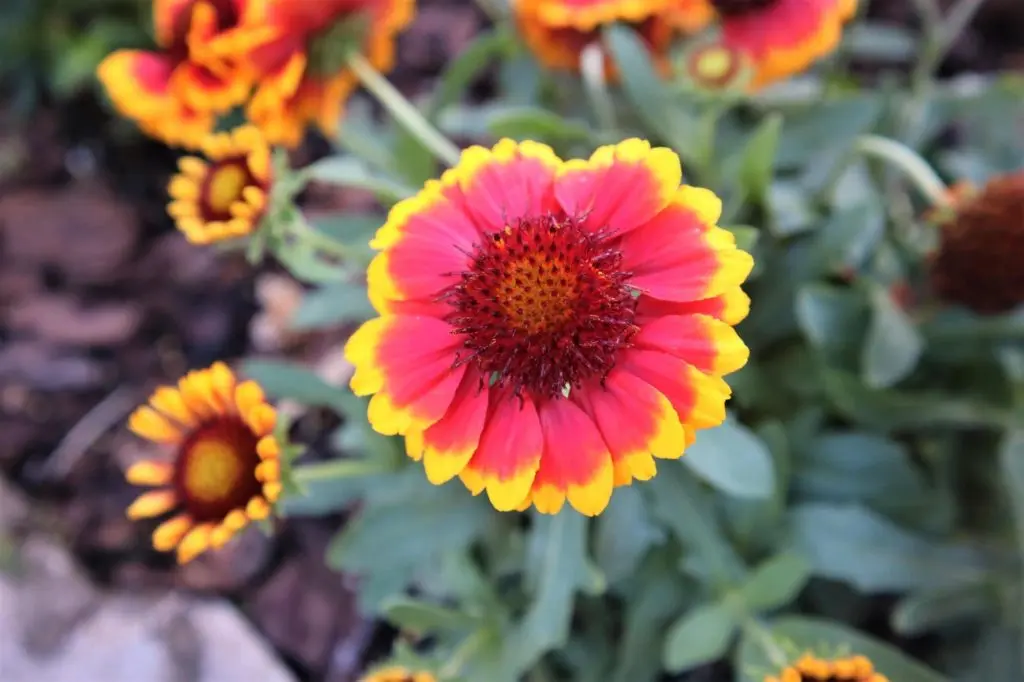
Surprisingly, even some indoor plants exhibit dormancy patterns, albeit less pronounced. These include popular houseplants like the ZZ plant (Zamioculcas zamiifolia), peace lily (Spathiphyllum), and snake plant (Sansevieria), which may slow down or cease growth as daylight wanes. It’s important to adjust your watering cycle in the winter months for this reason. Your plants will just need less!
What Influences Dormancy Schedules?
Dormancy is primarily triggered by environmental cues, the most dominant being temperature and daylight hours. As days shorten and temperatures drop, plants receive the signal to enter dormancy, conserving energy for survival through the winter.
- Temperature: A significant drop in temperature signals the plant to halt growth and prepare for dormancy.
- Daylight: Decreasing daylight hours trigger a hormonal response in plants, initiating dormancy.
- Water and Nutrition: Reduced water and nutrient availability during colder months also play a role in signaling plants to enter dormancy.
Understanding these triggers is essential for indoor plant care, particularly in managing artificial lighting and temperature to mimic natural conditions.
Ensuring Your Plant is Alive and Well
During dormancy, plants might appear lifeless, but this period of rest is vital for their survival and future growth. Here’s how to ensure your plant is still alive and just taking a well-deserved nap:
Check the Stems and Branches: For trees and woody plants, check for flexibility in the branches. Brittle, dry branches may indicate a problem, but if they’re still pliable, the plant is likely alive.
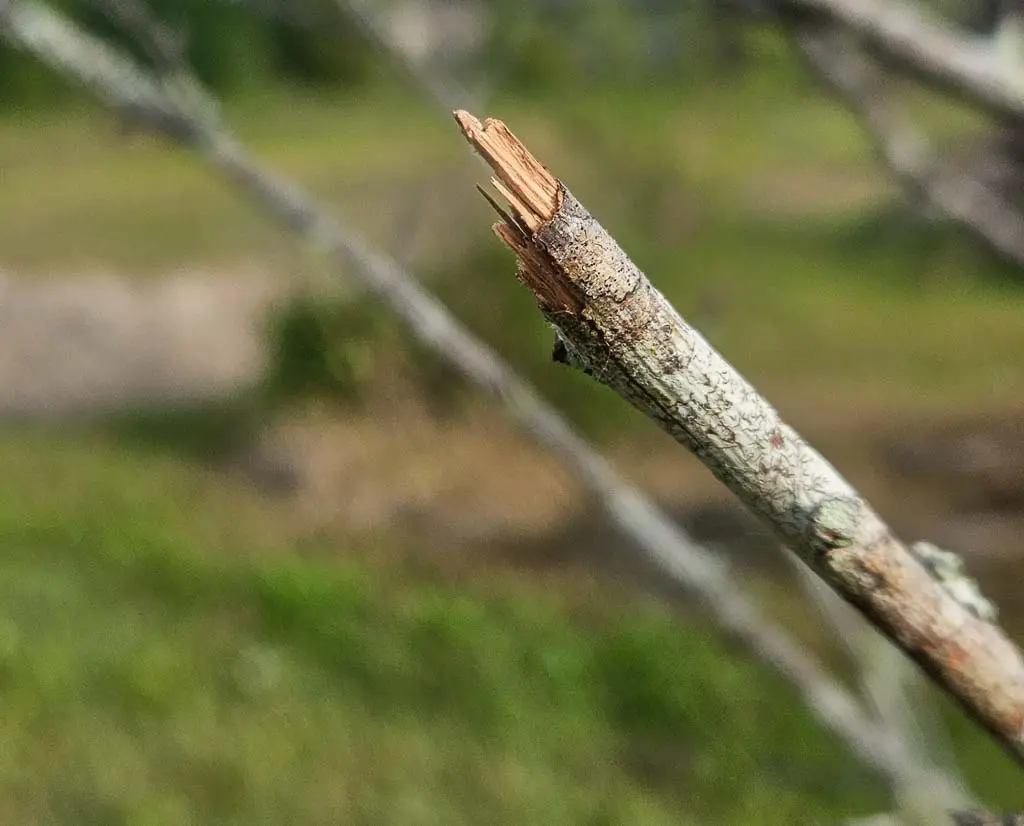
Scratch Test: Gently scratch a small area on the plant’s stem. If it reveals a green layer underneath, your plant is alive and well.
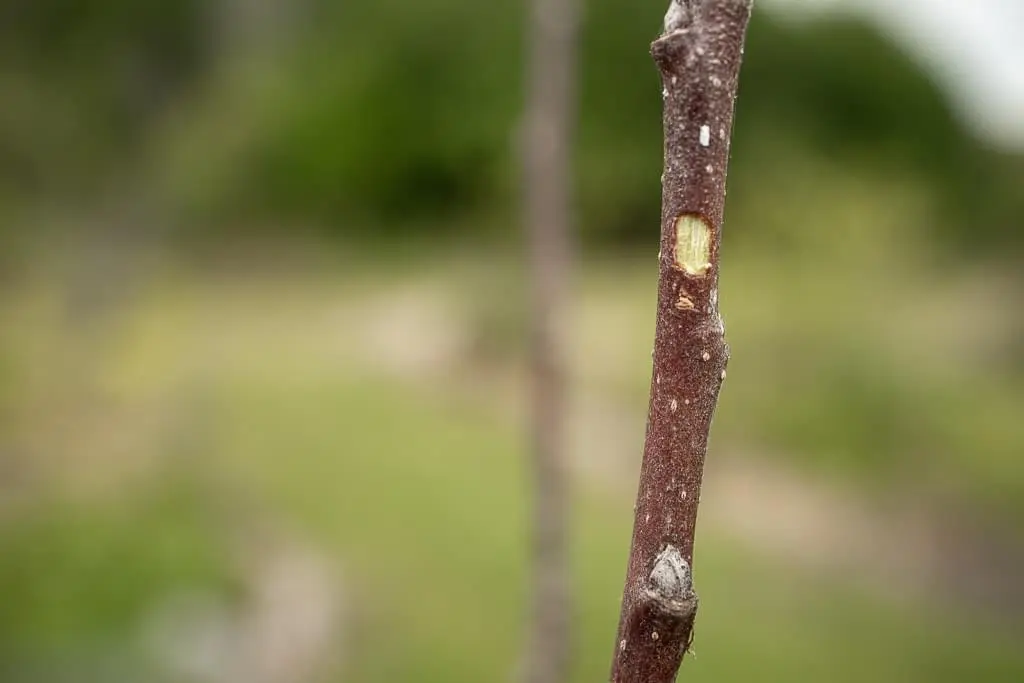
Look for Buds: Even during dormancy, many plants will have buds waiting to open in spring. Presence of buds is a good sign that your plant is alive.
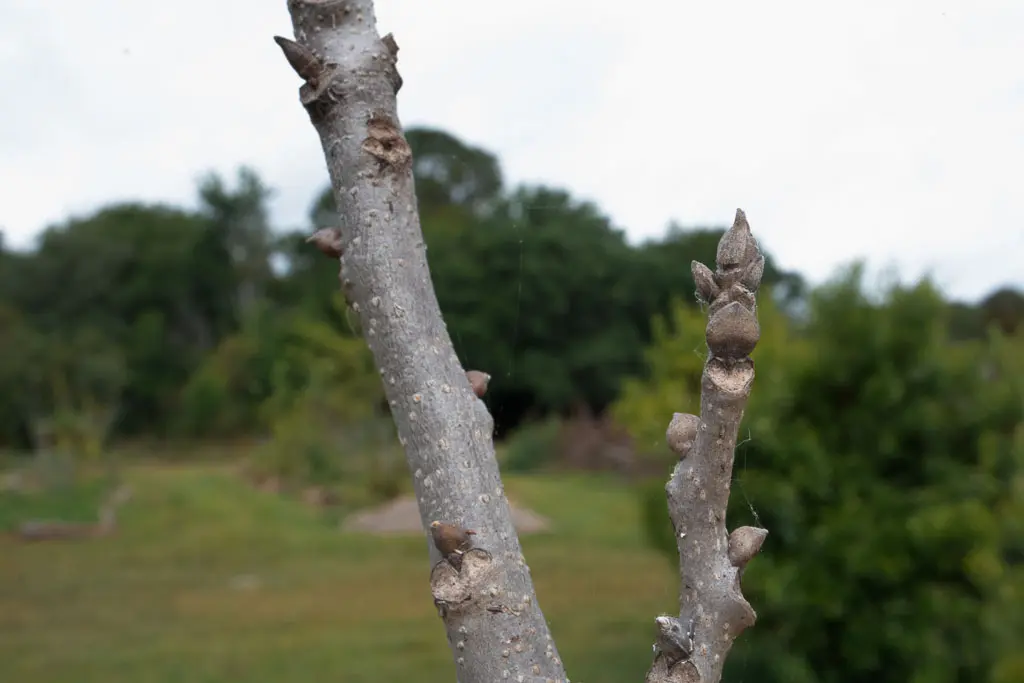
Soil Moisture: Ensure the soil is not overly wet or dry. During dormancy, plants require less water, but the soil should not be allowed to completely dry out.
Patience is Key: Sometimes, all a plant needs is time. Resist the urge to overwater or fertilize during this period and wait for signs of awakening in the spring.
Dormancy is a natural, essential phase in the life cycle of many plants, allowing them to conserve energy and survive unfavorable conditions. Understanding this process, recognizing the signs of dormancy, and knowing how to care for dormant plants can enhance your gardening success. Whether you’re tending to an outdoor garden or nurturing indoor greenery, respecting and supporting your plants’ dormancy can lead to a flourishing rebirth in the spring.


